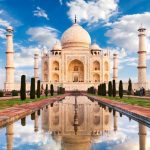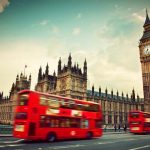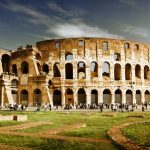Aswan
welcome to Aswan
Aswan Sightseeing \ Activities
DEAR CUSTOMER
WE WOULD LIKE VERY MUCH TO SHOW YOU THE HISTORY OF EGYPT OUR OWN WAY, BELOW PLEASE FIND THE MOST POPULAR TOURISTIC SITES HERE IN Aswan. (The Capital of Nubian People)
Temple of Philae
The Temple of Philae is located in a beautiful setting, landscaped to match the original site of the temple when it was relocated by UNESCO after the building of the Aswan Dam threatened the site. The temple has several shrines and sanctuaries such as Trajan & rsquos Kiosk or Pharaoh’s Bed. We recommend Visiting the temple at night to attend the Sound and Light show .
The High Dam
Prepare yourself for a particularly overwhelming sightseeing experience: the Aswan High Dam is truly impressive. The Dam is 3600 meters long, 980 meters thick at base and 111 meters tall. The waters of Lake Nasser, the world’s largest man-made lake, have amassed behind it. It provides irrigation water and electricity for the whole of Egypt. Located 13 km south of Aswan .
The Unfinished Obelisk
The Northern Quarries of Aswan holds the remains of the Unfinished Obelisk. Had it have ever been erected, this obelisk would have been the largest one of Ancient Egypt and would have reached a stunning height of 42 meters. The huge structure, which is partly connected to the parent rock, has been left in situ. The obelisk, together with several worker’s marks and rock carvings, provides a rare insight into the working techniques of Ancient Egypt.
Botanical Garden
The Aswan Botanical Garden is home to thousands of birds and many exotic plants imported from many parts of the world like Far East India and Africa. The Aswan Botanical Garden offers a beautiful and unique escape from the city. A true jam of Egyptian treasures, strolling through the garden will take you into a dream state of scenery. The entirety of the island is landscaped with rare and exotic plants that were planted there by order of Lord Horatio Kitchener .
Aswan Museum
Aswan Museum is a museum on Elephantine Island, in the south-eastern side of Aswan. In 1990 a new extension was added displaying findings discovered on Elephantine Island itself, like utensils, weapons, pottery and mummies. The museum is close to the Ruins of Abu, where excavations are still taking place. The museum includes Statues of kings, individuals and some colored symbol of the god Khanom. The museum also displays different kinds of pottery, architectural, and decorative elements and a number of tombs.
Abu Simbel Temples
Abu Simbel Temples are located south of Aswan along Lake Nasser’s shore is the most famous in all of Egypt after the Giza Pyramids. Built by the greatest of the pharaohs, Ramesses II, which made it also known as the Temple of Ramses II, these huge rock-cut temples marked the southern boundary of the Egyptian Empire with Nubia at the peak of its power during the New Kingdom.
Lake Nasser
Lake Nasser is the largest artificial lake in the world. The lake was created by the construction of the High Dam. It flooded a huge expanse of land between Aswan and Abu Simbel, the homeland of the Nubians since before Pharaonic times. There are many tourist activities you can do in Lake Nasser, you can go fishing in some areas of the beach or by boat ride and you can watch the ancient temples during a trip in the lake such as Kalabsha temple, Beit El Wali, Wadi El Sebou and Dakka, Amada, Kasr Ibrim, and Abu Simbel Temples.
© Copyright 2018 nicdark.com
Best Travel WordPress Theme



